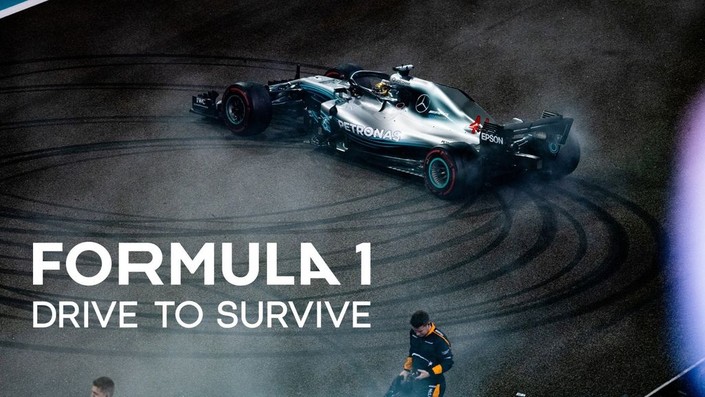
Authenticity?
Netflix producers insist the show is true to F1—but fans aren’t buying it after another season filled with spliced radio, missing drama, and alternate timelines.
Drive to Survive might have reignited global interest in Formula 1, but it continues to face growing criticism from fans who actually follow the sport. Despite the show’s executive producer recently claiming that “authenticity” is their goal, many fans would argue the latest season feels more scripted than ever.
From fake radio messages and out-of-context team reactions, to omitted rivalries and inaccurate portrayals of race results, the disconnect between what happened and what gets edited into Netflix canon seems to be widening.
Manufactured Drama or Missed Opportunity?
Season 7 had no shortage of genuine storylines: team principal changes, podium surprises, on-track clashes, and driver feuds. Yet, instead of leaning into the real tension, the series often opts for heavily edited narratives that stretch reality for dramatic effect.
One glaring example? George Russell’s disqualification after a stellar Belgian GP performance is ignored entirely, making his “victory” seem legitimate. Meanwhile, Max Verstappen and George’s heated post-qualifying altercation in Qatar—a highlight for many fans—was nowhere to be seen.
It leaves viewers wondering: if you’re going to erase key context or misrepresent race outcomes, how can you claim authenticity?
Audio Splicing and Radio Reuse
Nothing draws ire faster than recycled team radio. Fans have spotted the same handful of clips—”radio check,” “push now,” “the pace is good”—being inserted into totally unrelated race moments. Add in the ever-present heavy breathing and out-of-sync driver reactions, and it begins to feel more like fan fiction than documentary.
This kind of editing might be subtle for new fans, but longtime viewers immediately recognize when audio and visuals don’t match the reality of a race weekend.
Key Storylines Left on the Cutting Room Floor
While some lesser-known team narratives get surprisingly detailed treatment (like Williams team boss James Vowles waiting awkwardly in a hotel room), the show bizarrely skips actual spicy moments—like the Verstappen/Russell spat, or any behind-the-scenes tension at Red Bull during their mid-season dip.
There are also persistent rumors that teams and drivers can veto certain footage, which might explain these omissions. But it raises the question: if the most compelling moments are being skipped or sanitized, who exactly is the show for?
A Show at a Crossroads
Drive to Survive still draws massive numbers and new fans to the sport, but its credibility is increasingly under fire. While some fans enjoy the high-gloss storytelling, others see it as an overproduced distortion of the F1 they know and love.
The core problem? The real sport is already dramatic enough. You don’t need to fake radio calls or ignore race penalties to create compelling content.
If the producers truly want to return to “authenticity,” they might consider letting the 20 best drivers in the world—and the high-stakes world they live in—speak for themselves.
